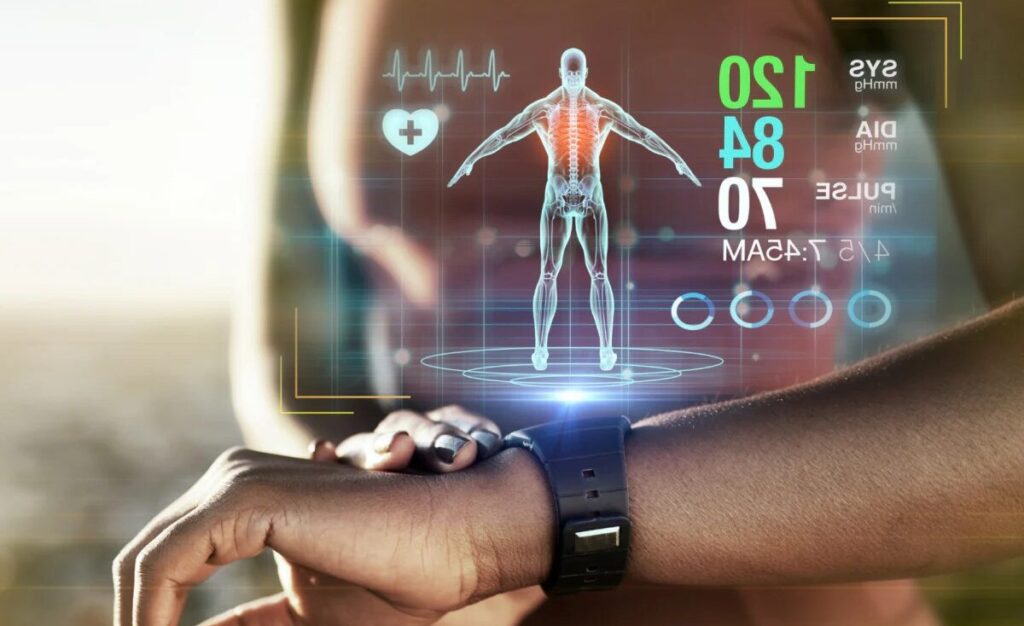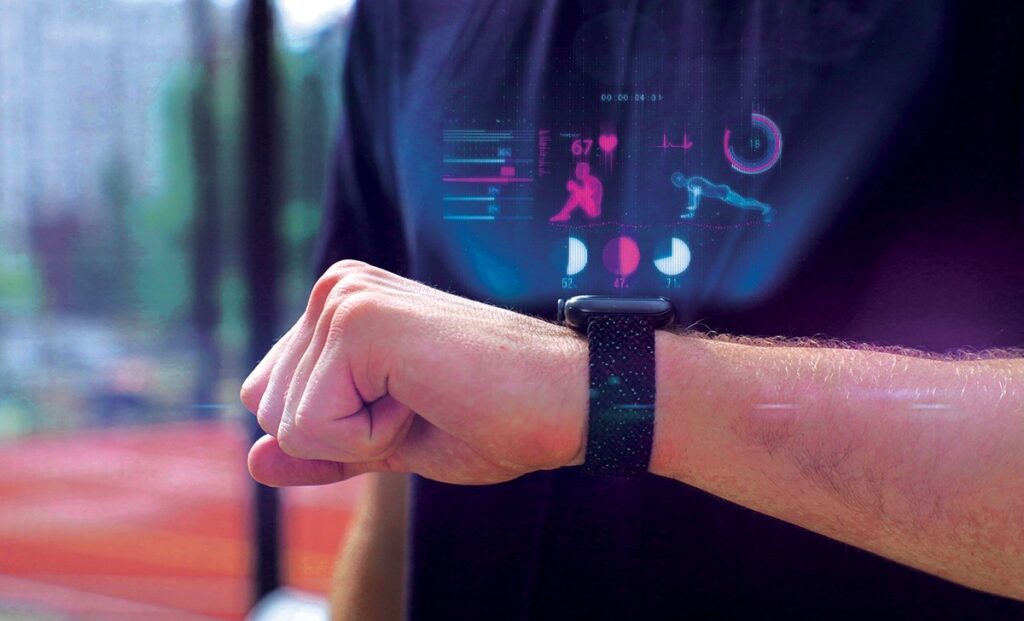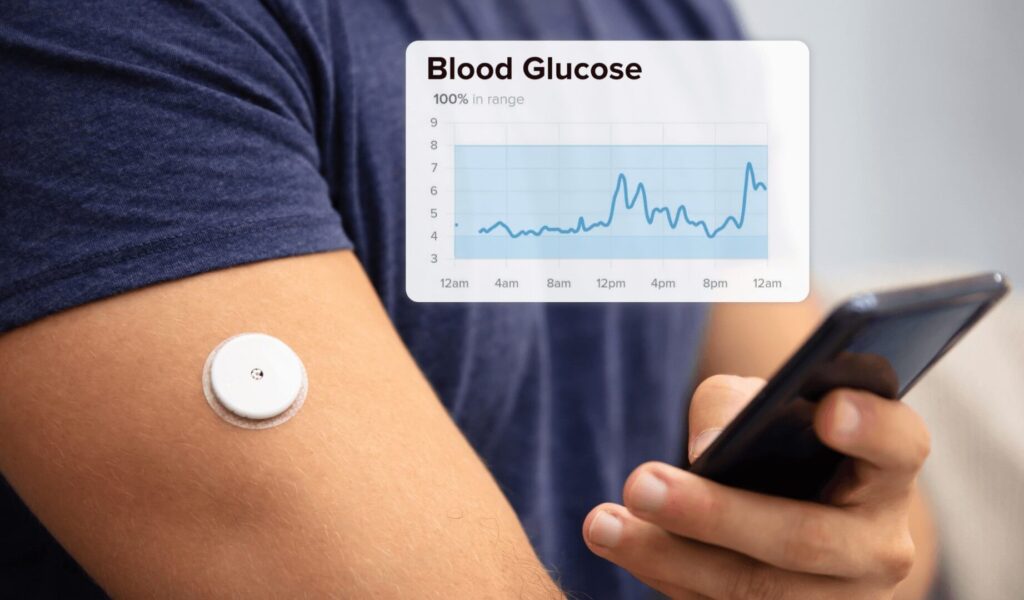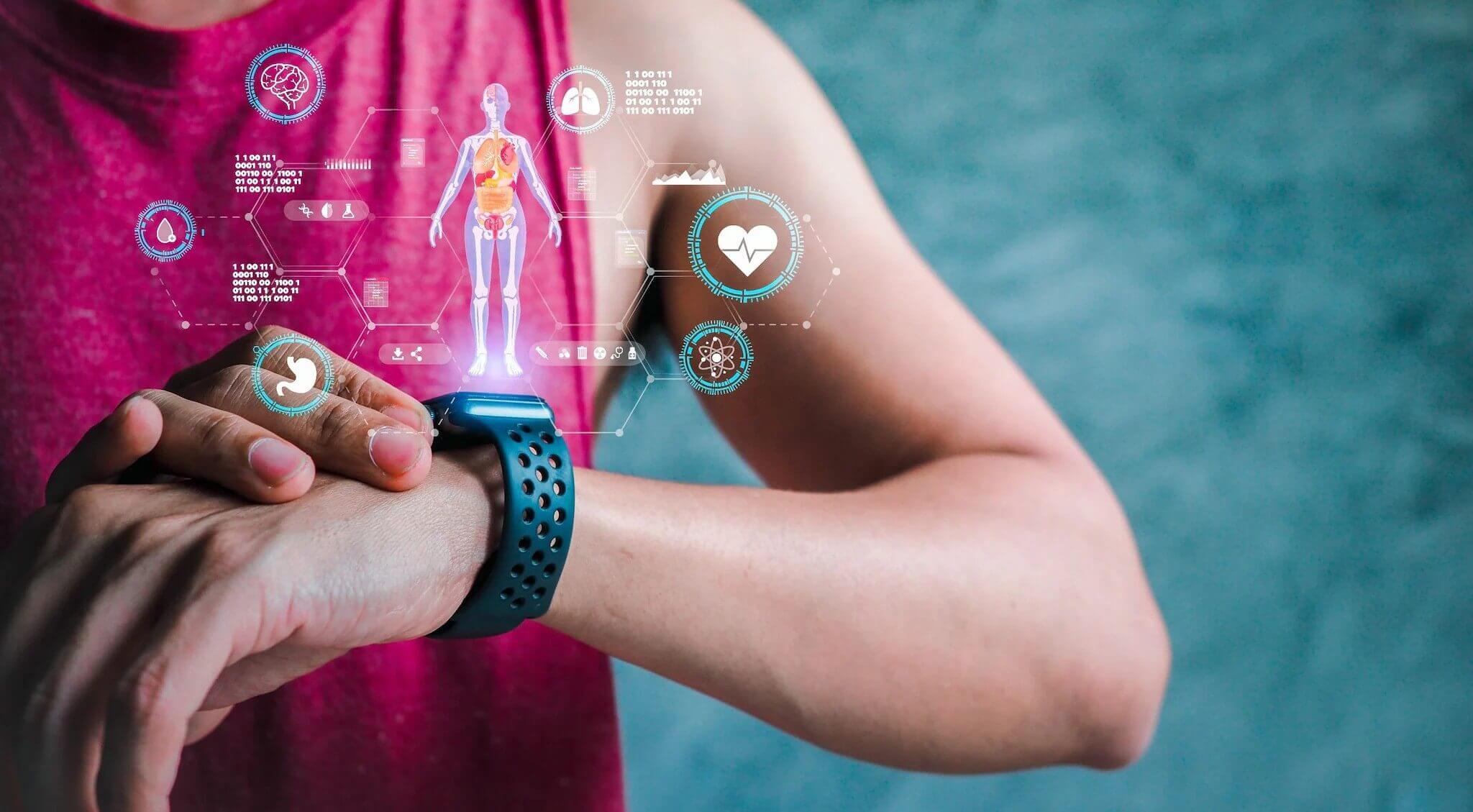Wearable Health Devices: Transforming Personal Healthcare
Thanks to wearable health devices that have reached an advanced level of technology today, people can not only access their personal health data but also get diagnosis and treatment recommendations for diseases indicated by these data.
Among these health data, the majority of them are those that smart watches, the most popular among wearable devices, can measure.
Many data such as heart rate, blood oxygen level, your sleep pattern and sleep quality can be monitored instantly with wearable health devices. It is possible to analyze this data with the support of artificial intelligence tools.
Compared to a treatment process managed together with an expert doctor, artificial intelligence analyzing personal health data can sometimes suggest wrong diagnosis or treatment programs. However, it can be a good consultant for simpler physical health problems.
Thanks to wearable health devices that have led to evolutionary changes in personal health care, you can also record data concerning your own health and deliver this data to your doctors. Today, the number of people working in this field is increasing.
Many global giant brands, such as Apple, are investing thousands of dollars in their work in this area. Perhaps in the near future, people will only send their doctors the data they collect through wearable health devices.
What Are Wearable Health Devices And How Do They Work?

Wearable health devices are innovative devices that are usually attached to a specific area of the body and track biometric data in the body with the help of sensors based on changes in that area.
They are usually tools that track, record and analyze basic biometric data such as heart rate, blood pressure, body temperature and oxygen level with the help of sensors.
These types of devices usually store the data on mobile applications and analyze them periodically. Users can better optimize their disease-fighting processes through this data. They can also make treatment and diagnosis processes more efficient by sharing this data directly with their doctors.
However, the data provided by wearable health devices is not an official reason to start a medical operation today. In the future, with the updating of regulations and the further development of such devices, even professional-level medical interventions may be managed with these devices.
Key Benefits Of Using Wearable Health Devices
Wearable health devices collect a wealth of relevant data that can help healthcare practitioners identify and effectively use relationships between medical conditions. For example, cardiovascular care benefits from analyzing data collected through wearable health devices fitness trackers.
These devices allow physicians to track daily calorie intake and patients’ physical activity. Wearable computers provide instant access to a patient’s data stored in health databases or online.
This allows healthcare organizations to collaborate remotely and facilitate health education. Data from wearables will increase customer longevity. Wearable health devices provide value to consumers.
Wearables typically provide monitoring, feedback, and meaningful information. One of the most important aspects of wearables is their ability to connect to other systems. Many such devices will require some form of integration with a larger platform to provide real benefits.
How Wearable Health Devices Help Monitor Vital Signs?
Wearable health devices mainly identify and monitor ongoing treatments for cardiovascular, neurological, and pulmonary disorders such as asthma, hypertension, etc. Today, motion sensors are used in pharmacies in rural areas where there is no use of remote monitoring systems.
Thanks to wearable health devices, many vital signs can be monitored continuously and simultaneously. Thanks to the advanced technological sensors these devices have, your heart rate and body temperature can be measured.
In some advanced examples, even the respiratory rate and blood oxygen level can be determined. Even smart watches, one of today’s popular electronic devices, have sensors that collect and analyze the parameters that measure your sleep quality.
Thanks to wearable health devices, which provide periodic feedback to users with the analysis of this data, healthcare professionals can also continue to follow up on their patients or clients in a more practical way.
Wearable health device technology is of vital importance for individuals with chronic diseases. Generally, in such diseases, these devices are capable of detecting and warning potential problems early.
Thanks to these devices, people in the modern world are more sensitive about their bodies. It is also possible to combat your potential health problems. Investing in this area or supporting studies in this area can be a good decision for your future financial stability.
The Role Of AI In Enhancing Wearable Health Devices
The development of artificial intelligence technology is an innovative technology that allows wearable health devices to analyze data and make more accurate diagnoses and treatment recommendations.
These devices are integral to the military, medical, and health sectors. Wearable health devices are increasingly using artificial intelligence today. A company recently developed a wearable remote patient monitoring device that received FDA clearance for use in hospitals.
The company says its technology can help reduce unnecessary hospital readmissions by detecting early signs of a patient’s deterioration. The technology uses a large real-time physiological dataset along with special algorithms to provide insight into patient health.
How Wearable Health Devices Improve Fitness And Wellness?

The application areas for wearable health devices range from consumer durables and healthcare to corporate, industrial, and similar areas.
As technology evolves, it is expected to find new application verticals and increasing applications in existing applications such as wearable health devices used in medical practice.
The wristband product segment is expected to account for the maximum size of the wearable health devices market between 2016 and 2022. The driver of this growth is offering products with advanced features to serve the fitness and health needs of customers.
The wristband measures fitness and health parameters including heart rate, calories, and steps. All these parameters can be synchronized with a mobile device to store data. Moreover, people can access wearable health devices with the help of wristbands on their mobile phones.
In 2015, America accounted for the largest share of the wearable health devices market due to several factors. One of the major factors is technological innovations and advancements leading to the introduction of new products.
Increasing demand from consumers and medical applications has also led to the growth of the wearable health devices market in America.
Common Features Of Modern Wearable Health Devices
In today’s busy world, people want to track their daily activities to improve their lives. Wearable health devices can be attached to the body as implants or accessories to use wearable applications for various functions.
Wearable health devices offer many services using IoT and Machine Learning technologies. Due to IoT, these devices can exchange data between the device and the network.
From physical fitness to the fashion industry, the use of wearable health devices and wearable applications is increasing day by day by benefiting from wearable application development services.
Health Band, Heart Rate Monitors, and Smart ECG Meter are some of the wearable health devices you have seen around you.
Fitbit, which is becoming popular day by day, is also a Wearable Architecture. This simple and stylish health band can monitor your health in real-time.
In many cases, physical captures in favor of a watch can be adjusted to various alternatives with capture mixes, and the current capacity is shown on the screen. The technology uses the phone as a gateway to transmit data and cloud services help achieve different goals.
The Future Of Healthcare With Wearable Health Devices
Wearable health devices are present in several sectors of the economy. Some sectors, such as fitness and healthcare, have the greatest opportunity for wearable health device solutions. Many customers are demanding wearable products that make technology easier to use.
Entertainment, media, and communications companies have the greatest opportunity for growth. Wearables can integrate social media updates. Consumers are experiencing better customer service and want rewards for being loyal customers.
In-store merchandising and brand promotional spending can help retailers raise funds and enhance the shopping experience. Medical electronics, which is parallel to developing technology, is showing very rapid progress as in other smart textile application areas.
Nanotechnological applications are important for following technology in the textile field and creating new products that can compete with the world. It is a fact that the term “Functional Fashion” is important for the future.
In other words, “Functional Fashion”, which will be created by developing the physical, chemical, and technological properties of materials in a way that is suitable for daily life and meets the needs of daily use, will gain more importance in the future to meet the higher demands of the market.
How To Choose The Best Wearable Health Devices For Your Needs?
Choosing the best type of wearable health devices for you depends on which diseases or health issues you are dealing with. However, for the best choice, your health problem must first be diagnosed by a professional health professional.
Then, the symptoms of this disease must be determined. Wearable health device models that offer tracking and reporting of these symptoms in a way that does not pose a threat to human health should be investigated.
Then, depending on the severity of your disease, it is useful to look at the features of these devices such as accuracy rate and battery life. You may want to determine the most suitable one for you in line with your budget, but you should prefer products from reputable and reliable brands with good technologies for the correct recording of biometric data, which is very important for your health.
The growth potential for wearable health devices in the medical and healthcare sector today is tremendous. In particular, some of the biggest quality of life improvements from healthcare wearables is the ability to detect, prevent, and treat chronic disease, as well as reduce healthcare costs.
Wearable Health Devices And Their Impact On Chronic Disease Management

There are many examples of wearable health devices and their great impact on some chronic diseases. They can be charged with a wash and show when the user is stressed, tired, or having a heart attack.
The applications for wearable health devices are endless. And this could create a very diverse market in this segment of technology. As these types of technology devices become more accepted, their uses and benefits will also increase.
Today’s popular wearables, like the Fitbit and Apple Watch, are geared toward helping you improve your health and fitness. But many companies are taking the next step.
They’re looking at wearables that monitor and solve medical problems. Taking this a step further, the medical industry is working on creating wearables that can be implanted under the skin.
This would allow users to track all kinds of medical activities that are currently out of reach for most people. This could include blood tests, medication effects, and many other vitals.
It may be a while before we see this type of technology come to market, but it has the potential to change the lives of many.
Privacy And Security Concerns With Wearable Health Devices
Although privacy and security concerns are few and far between in many of the wearable health devices on the market today, compliance with certain international standards should be a priority.
Many manufacturers are required to clearly disclose how the data they collect is stored, processed, and shared with third parties for our safety and privacy. Individuals using these types of devices should also not share their passwords or sensors with anyone else.
Wearables include a headband and software platform for brain injury detection, a wristband that wirelessly monitors blood pressure and blood sugar levels, smart patches for remote monitoring and home diagnostics, a tattoo-like plastic patch that can track vital signs, and a smart contact lens that the user can monitor.
Many companies have developed a wearable fabric that can help patients with Parkinson’s disease. If your illness is advanced and vital, instead of relying directly on the data of such devices, it is useful to seek the mentorship of healthcare professionals who are experts in their field.
Today, dozens of manufacturers offer wearable health devices. However, I do not think that there are many manufacturers among them that have high data accuracy, work in accordance with the laws regarding the storage of personal data, and are compatible and coordinated with healthcare professionals. You should manage a good research process for your health.
See you in the next post,
Anil UZUN
